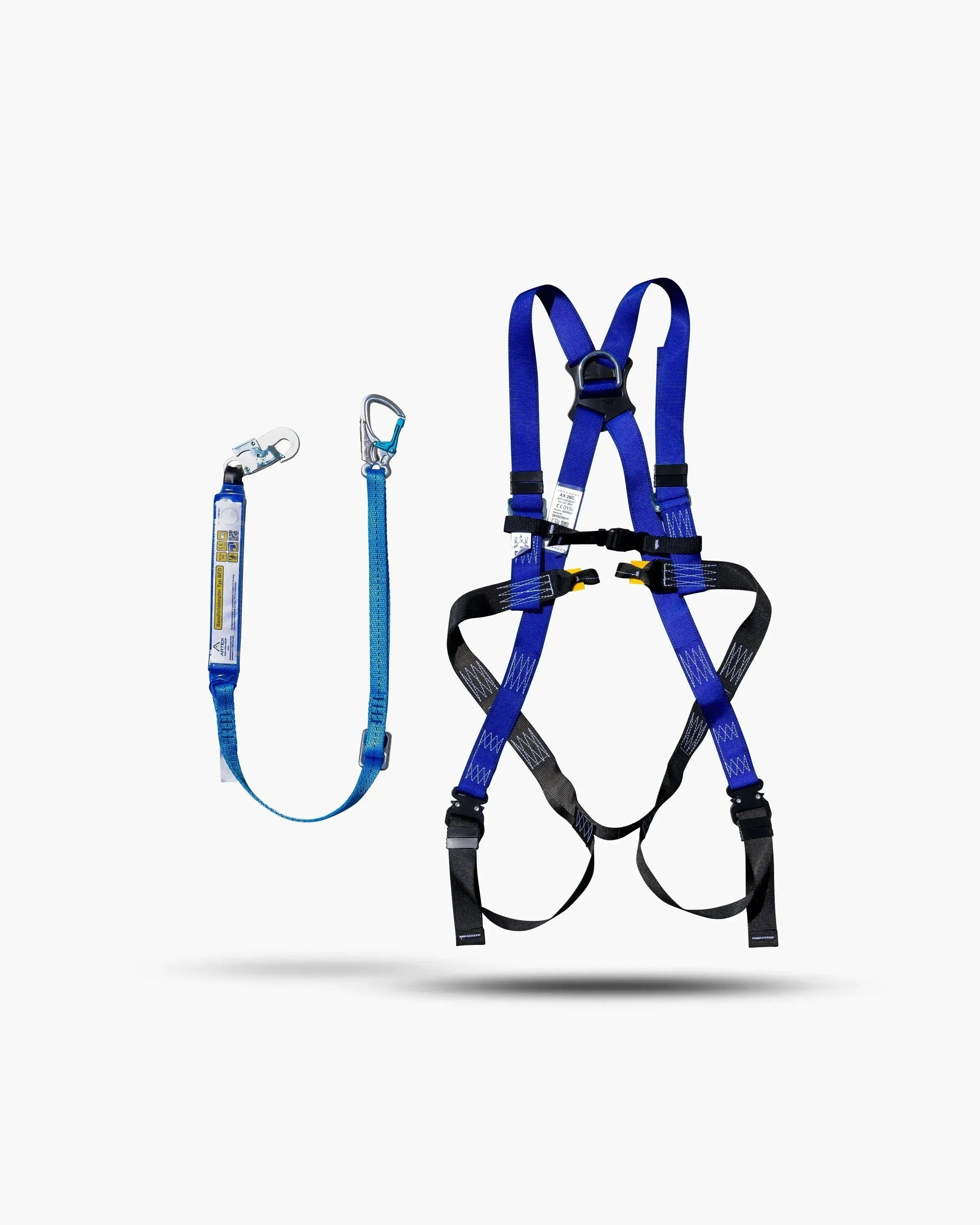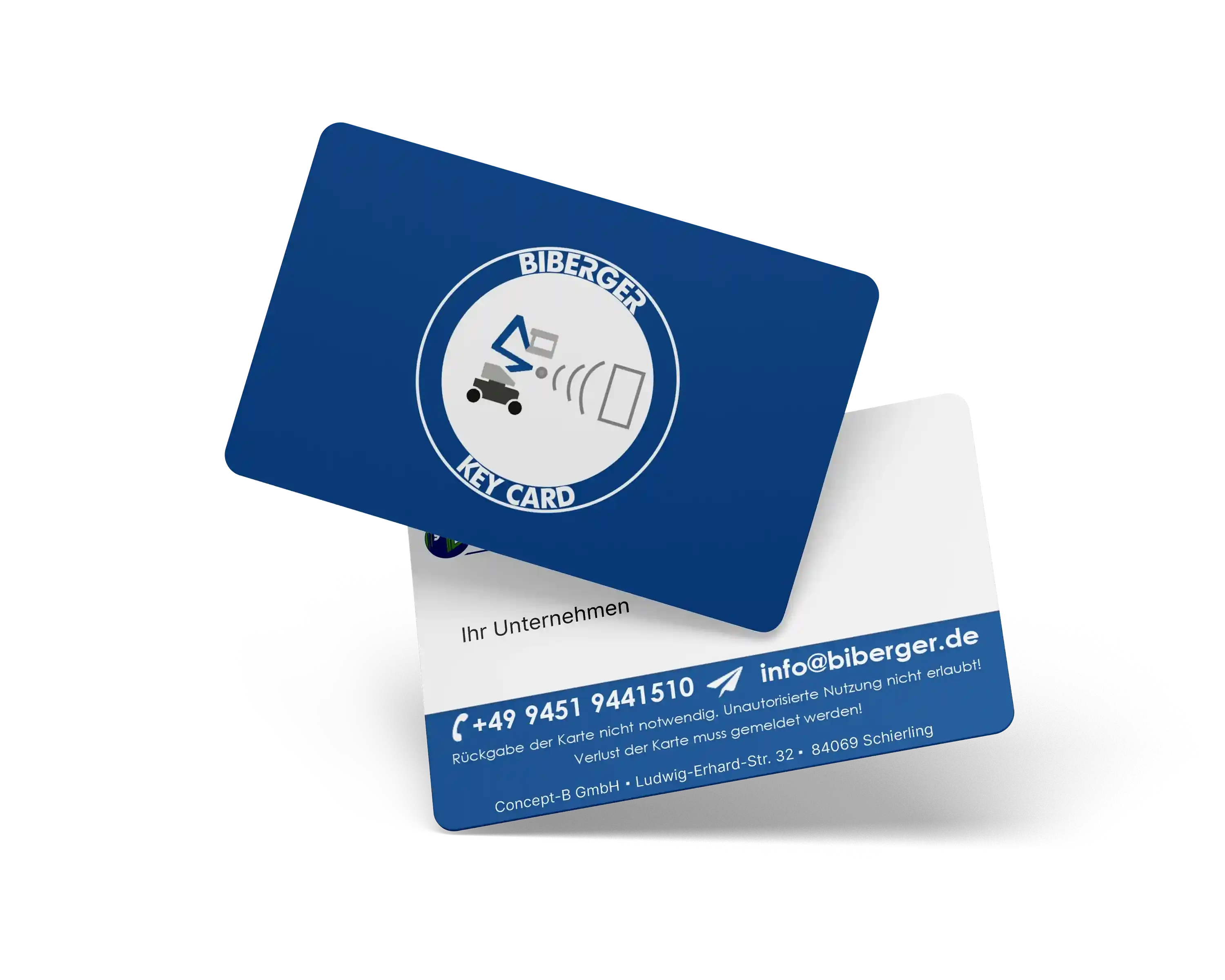You'd never get into a truck without having its brakes checked. So why would you get into a construction machine, aerial work platform, or forklift?
What is self-evident for vehicles is often forgotten for mobile elevating work platforms and industrial trucks: the visual and functional inspection before use.
It decides on safety, efficiency – and, in case of doubt, on health and life.
Why visual and functional checks before use are important
Every work platform you rent from BIBERGER is technically inspected, cleaned, and delivered ready for use. However, what happens afterward on the construction site or in the warehouse is your responsibility .
After transport, installation, or a device change, conditions may have changed. A loose screw, a bent cable, a small oil leak – none of these things appear suddenly, but many are overlooked. And that's precisely what visual and functional inspections are for.
It will show you in just a few minutes whether the device is ready for use or whether you need to take action. Those who test work systematically – and professionally.
Who is responsible?
Always the operator – regardless of whether the device is rented or company-owned.
As soon as you use the device, you assume responsibility for its condition.
Therefore, no operation is permitted without prior inspection. And if a defect is noticed, we don't improvise—we stop and report it immediately.
How does a visual and functional inspection work?
The control follows a simple principle: first look, then test, then release.
You start by walking around the device. Check for damaged components, loose lines, and hydraulic or electrical leaks. Anything that looks or feels unusual will be taken seriously.
Also check the tires or tracks—cracks, cuts, or low air pressure are signs of a potential failure. Also check that all guards, controls, warning signs, and any fall protection devices are complete and functioning properly.
Next, you begin the functional check. Start the device, raise and lower it, stop it, and test the emergency stop function. Every element that will be used later in operation must respond flawlessly, both when stationary and—if permitted—when moving.
Don't forget the battery indicator or charge level if you're working with a battery-powered device. A dead battery isn't a technical malfunction—it's a definite stop to use.
At the end of the check you should be able to say with confidence:
“The device works as intended – I can get started without any concerns.”
If you cannot answer this question with a clear yes, the device must not be used.
Checklist
| Checkpoint | What should be considered? | Completed? |
|---|---|---|
| Device status | No visible damage, cracks, bent parts | ☐ |
| Hydraulics / Electrics | No leaks, cables and hoses intact | ☐ |
| Tires / Drive | No damage, sufficient air pressure / condition | ☐ |
| Controls | All functions respond correctly (lifting, lowering, driving) | ☐ |
| Emergency stop / signal generator | Function tested, acoustically & mechanically OK | ☐ |
| Charge level / power supply | Battery sufficiently charged / power supply stable | ☐ |
| Safety equipment | Fall protection, protective bars and instructions available | ☐ |
Typical mistakes – and how to avoid them
In practice, testing is often done only briefly or not at all. Why? Time pressure, routine, lack of training. Yet this is precisely where the greatest risks arise.
Common mistakes are:
- only a superficial look instead of a targeted look at critical points
- underestimated minor damage (“it’s still okay”)
- no functional test of the safety devices
- lack of documentation of abnormalities
If you want to avoid mistakes, you don't need new rules—you need clear procedures. Checks are as important to the start of work as personal protective equipment (PPE). And they must be taken seriously—without exception.
What are the benefits of regular check-ups?
Safety – above all.
You protect yourself, your colleagues, and your business. But it also makes economic sense: Equipment that is monitored breaks down less often, is damaged less frequently, and lasts longer. Repairs can be avoided early, as can unplanned downtime.
It also increases trust within the team: knowing that tested equipment is being used allows you to concentrate on the task at hand – not on the risk.
How BIBERGER supports you
We don’t just provide devices – we provide security.
Our work platforms and forklifts are always inspected, serviced, and fully documented before delivery. Additionally, you'll receive:
- practical instruction directly upon handover
- SYSTEM-CARD training for your teams
- Checklists and recommendations for visual and functional inspection
- Telephone support if you are unsure about a device
- Spare parts and maintenance – also for third-party brands
With us, you are not only technically equipped – but also organizationally prepared.
Conclusion: Control is not a formality – it is part of your job
Visual and functional inspection is mandatory – and it makes sense.
It takes a few minutes but delivers maximum impact. Monitoring prevents failures, works more safely, and demonstrates that you take your work seriously.
And that's exactly what it's all about – every day, every time we're on the job.















Share:
Control elements on work platforms: How the control works
Work platform or scaffolding: which is the better choice for your project?